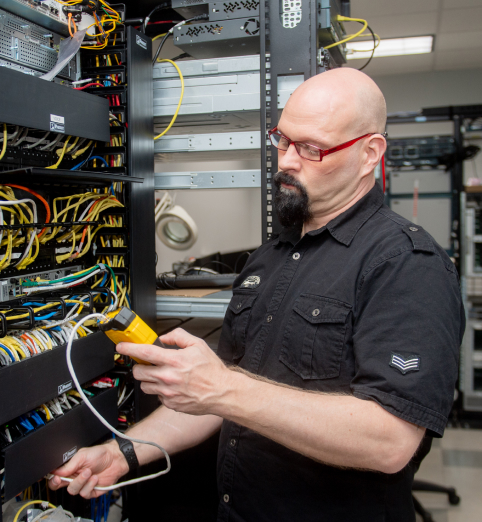Has it ever occurred to you the sheer magnitude of disposable goods we as human beings go through every day? It appears that everything we do in this day-and-age is literally built to throw away. For instance, let’s for a moment consider an average day in an average first-world life.
We get up in the morning and brush our teeth, maybe use some mouthwash, shave, shower, and get ready for work. In just a short time in the morning everything from razors, shampoo and mouthwash bottles, toothbrushes, and more—are all disposable. And where do they go? For many, the minute the waste leaves with the garbage men it becomes an out-of-sight, out-of-mind scenario for us all—or at least for many of us. But that’s just the morning—we still have a whole workday ahead of us.
From food containers, to disposable cutlery, to pens, paper, batteries and more—everything we seem to buy and use is meant to be replaced and forgotten at some point in it’s lifecycle. So, what does that mean for us?
Now, I could go in a number of directions—I could go with the social justice warrior persona, the environmentalist, the concerned parent, the politician, and the list goes on—all stances that would focus on the social gluttony of people living in a first-world modern nation.
But how about we just talk business? Let’s look at this from an IT perspective—because, after all, it’s my day job that pays for all this personal gluttony so that’s what I need to focus on.
Like any modern convenience, IT assets are just as disposable and with that comes the economics behind them. For almost any company, there is always a list of IT assets that need redeploying, refurbishing, or recycling. And though I wish in some ways that IT assets had a priceless heirloom quality about them—the need to keep them for generations to come is, of course, not the world we live in.
However, the question remains, when company assets are at the legacy, end-of-life (EOL), or end-of-service (EOS) phase of their lifecycle, how do you ensure you don’t incur more costs or lose money from assets at the end of their useful life within the organization? Because, this is after all business, and like I’ve been told so many times by every CFO I have ever met: No money will be harmed.
So, with this mantra of not harming money, comes also the concept of not harming our planet—imagine a way to make and save money while still being the good guy: ladies and gentlemen, welcome to IT asset disposition (ITAD).
Simply put, by embracing an IT asset disposition (ITAD) practice, companies can benefit in ways they perhaps never thought possible. For instance, many organizations do not possess the required resources and legal expertise to retire their IT assets; thus, they need a certified, third-party service provider who has an ITAD procedure that fully meets the needs of I&O professionals for value recovery, transparency, and peace of mind. So, what does this mean?
Imagine for a moment all the criteria that needs to be addressed to turn one into a financial and environmental good guy, while maintaining corporate procedures, etc.
Firstly, there is the Value Recovery aspect of ITAD—meaning that everything from knowledge of recycling and component recovery, to asset recycling assessment, right down to zero-landfill and zero-incineration solutions need to be addressed.
Then, of course, there is the corporate transparency challenge. This is all about the increasing visibility of corporate social responsibility (CSR) and the resulting requirement for openness and transparency with corporate stakeholders.
For those in a constant state of paranoia when it comes to IT security—a state that is well warranted in today’s cyber-crime ridden business environment—ITAD practices need to ensure that sensitive data is wiped clean in accordance with the United States Department of Defense sanitization guidelines.
In the end, though this may all sound difficult, maybe even terrifying—it certainly doesn’t have to be. By finding the right partner, with the right credentials, and a history in the industry, it becomes increasingly easy to be the good guy on all fronts—all while not harming your CFO’s beliefs.


